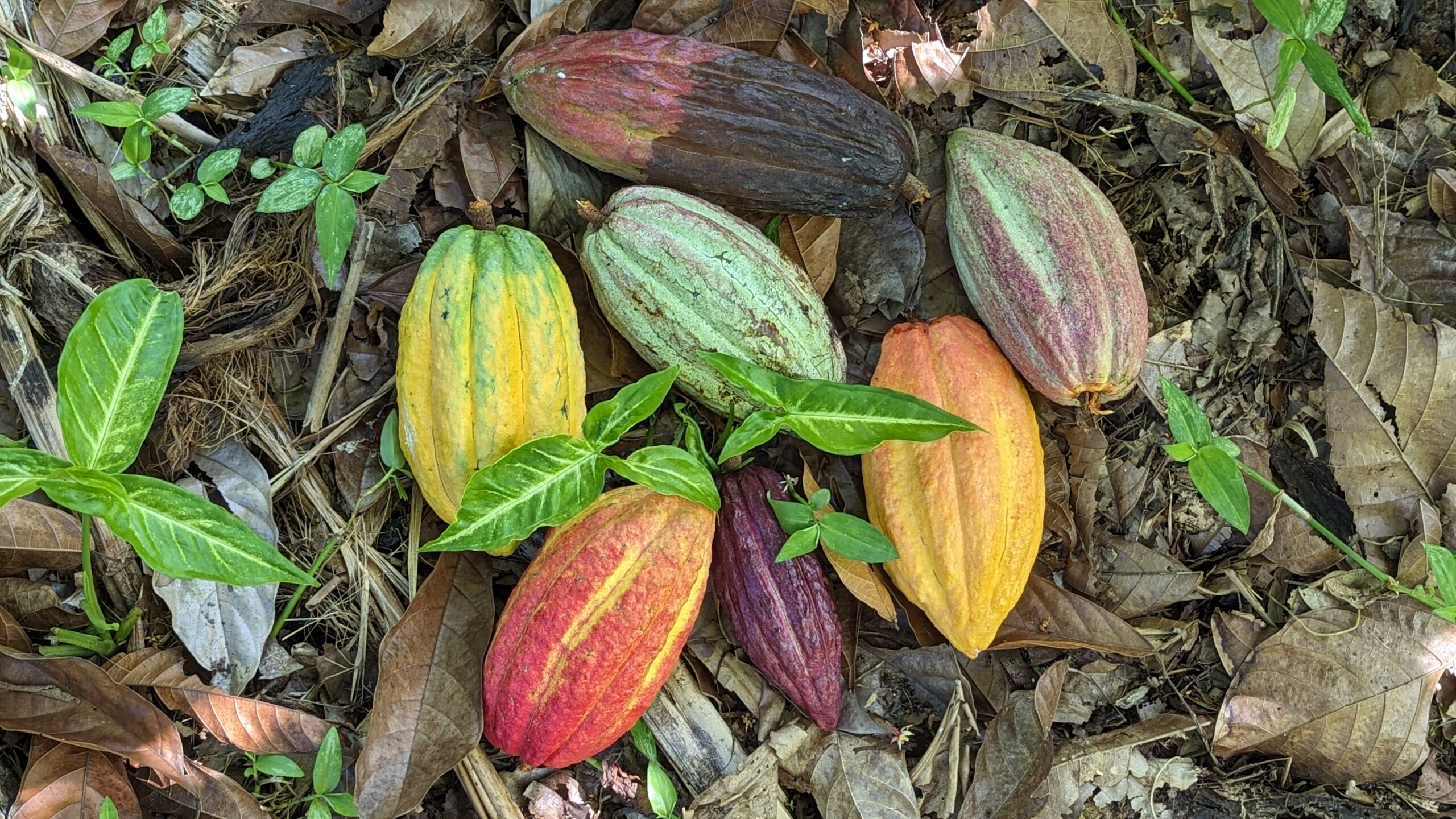-
Watermelon and Peas
With plenty of watermelon seeds, a row of them was planted between the columns. It was a chore to till the soil as it was very rocky, and full of roots from the Guava trees close by. The peas I had planted in the seedling tray quickly outgrew that stage and sent roots through the…
-
Seed Tray
A few packets of seeds were acquired in order to try out some varieties of vegetables. With the greenhouse sheltered, they went into a tray to get started.
-
More Citrus
There are a few citrus trees on the property, but 2 of the mature ones had to be cutdown due to termite infestations. Four more were purchased to replace them and add to the count. Two lime trees, 1 grapefruit, and 1 tangerine (we think, according to the seller).
-
Greenhouse H2O
The plans for getting water to the greenhouse evolved over time. The initial plan was to have rainwater barrels immediately behind the structure to capture water from the roof and feed into the sink area. This requires an elevated structure for the barrels to generate enough pressure, and a gutter system for the roof edges.…
-
Filling Beds
The fill for the beds is roughly following the Hugekultur method. The bottom layer are branches, logs, and other pre-compost materials from the property. The middle layer is topsoil, and the final layer is natural organic compost. Each bed is filled one wheelbarrow at a time with major help from Anderson. It takes a couple…
-
Adding A Lid
The next logical step in the process was to tackle the roof. There was a race against time for planting season, but the final roof material was not available, so a temporary solution was put in place. UV plastic was doubled up and spread across the roof. It was clearly not going to withstand any…
-
Internal Structure
With the external structure in better shape, attention could be turned to the internal components. This was relatively simple in that it consisted of a sink section to bring in running water, and planting beds. The concept was to allow for planting beds and aisles wide enough for a wheel barrow. This resulted in three…
-
Framework
There were many options for framing the structure including wood, a PVC hoop, metal hoop, and more. In the end, I opted for a 1/2″ galvanised pipe structure which could be tied into the lower walls. It obstructs the least light, is much stronger than pvc, and readily repairable. It took a few days to…
-
Structural Integrity
The floor was the first area of attention. Despite being loosely filled in with the construction debris, it was far from even or solid. Wheelbarrow loads of dirt were removed from the concrete half of the structure. To finish off the floor, we used many wheelbarrow loads of rough sand which had been sitting in…
-
Drainage
Drains coming from the house, and water coming off the roof were sending a deluge toward the greenhouse. This was probably partly responsible for the shifts in the structure over time. In order to alleviate this going forward, drains were created in order to divert the flow around the structure. It turns out that on…
